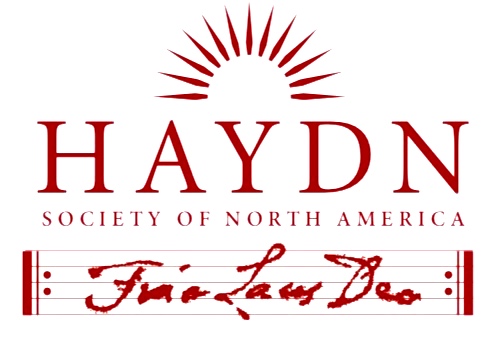
Document Type
Article
Abstract
Two analytical case studies, from Haydn’s minuet al roverso (from the Symphony Hob. I: 47) and the opening movement of the String Quartet Op. 50, no. 6, show the interaction of galant schemata (Gjerdingen 2007) and the hexachordal solmization of the solfeggio tradition (Baragwanath 2020). Haydn plays upon conventional galant schemata—presumably elements of style shared by listeners who are closely familiar with the idiom (even if they do not have explicit schema labels); he also plays upon a more esoteric element of his own training and that of many other musicians in the period: hexachordal solmization. By considering both schemata and hexachords, I argue that Haydn’s conceits work on multiple levels, communicating with both stylistic insiders familiar with schemata, as well as with a narrower group of insiders trained in hexachordal solmization.
Recommended Citation
Rabinovitch, Gilad
(2022)
"Haydn’s Schemata and Hexachords: Two Analytical Case Studies,"
HAYDN: Online Journal of the Haydn Society of North America: Vol. 12, Article 1.
Available at:
https://remix.berklee.edu/haydn-journal/vol12/iss1/1
FINAL PDF
Included in
Music Education Commons, Musicology Commons, Music Pedagogy Commons, Music Performance Commons, Music Practice Commons, Music Theory Commons
© Haydn Society of North America ; Boston: Berklee Library, 2022. Duplication without the express permission of the author and/or the Haydn Society of North America is prohibited.


